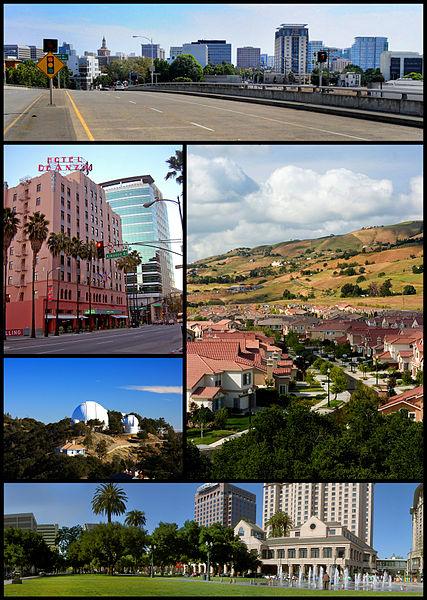English Grammar Notes
We use there is and there are to say that something exists.Positive Sentences
We use there is for singular and there are for plural.- There is one table in the classroom.
- There are three chairs in the classroom.
- There is a spider in the bath.
- There are many people at the bus stop.
Contractions
The contraction of there is is there's.- There's a good song on the radio.
- There's only one chocolate left in the box.
- There are nine cats on the roof.
- There are only five weeks until Christmas.
Negative Form
The negative is formed by putting not after is or are:- There is not a horse in the field.
- There are not eight children in the school.
- There is not a tree in the garden.
- There are not two elephants in the zoo.
There's not = There isn't
There are not = There aren't
There Are with ANY
When we want to indicate that a zero quantity of something exists we use there aren't any.- There aren't any people at the party.
- There aren't any trees in my street.
- There isn't any water in the swimming pool.
- There isn't any sugar in my coffee.
Questions
To form a question we place is / are in front of there.Again we use any with plural questions or those which use uncountable nouns.
We also use there is / are in short answers.
- Is there a dog in the supermarket? - No, there isn't.
- Are there any dogs in the park? - Yes, there are.
- Is there a security guard in the shop? - Yes, there is.
- Are there any polar bears in Antarctica? - No, there aren't.
- Is there any ice-cream in the freezer? - Yes, there is.
How Many with Are There
If we want to find out the number of objects that exist we use How many in the following form:How many + plural noun + are there (+ complement).
- How many dogs are there in the park?
- How many students are there in your class?
- How many countries are there in South America?
- How many Star Wars films are there?
More you can see at: Woordward English
- Try their interactive game to practice There is - There Are.
- Download their free There is There are Worksheet (in PDF).
- You can check the answers to this worksheet here: There is There are Answers.
Another sites:
ESL: There is/are









